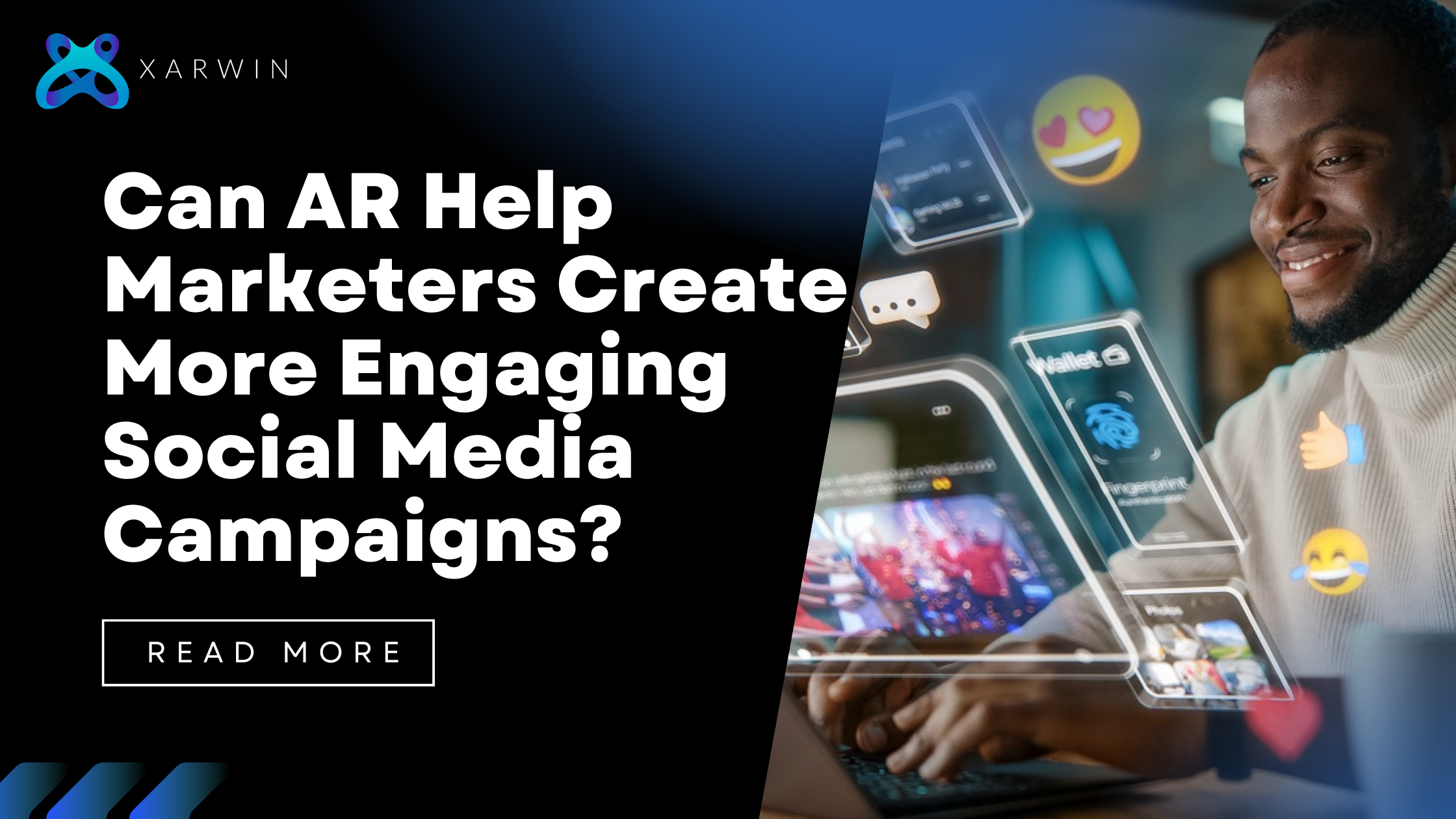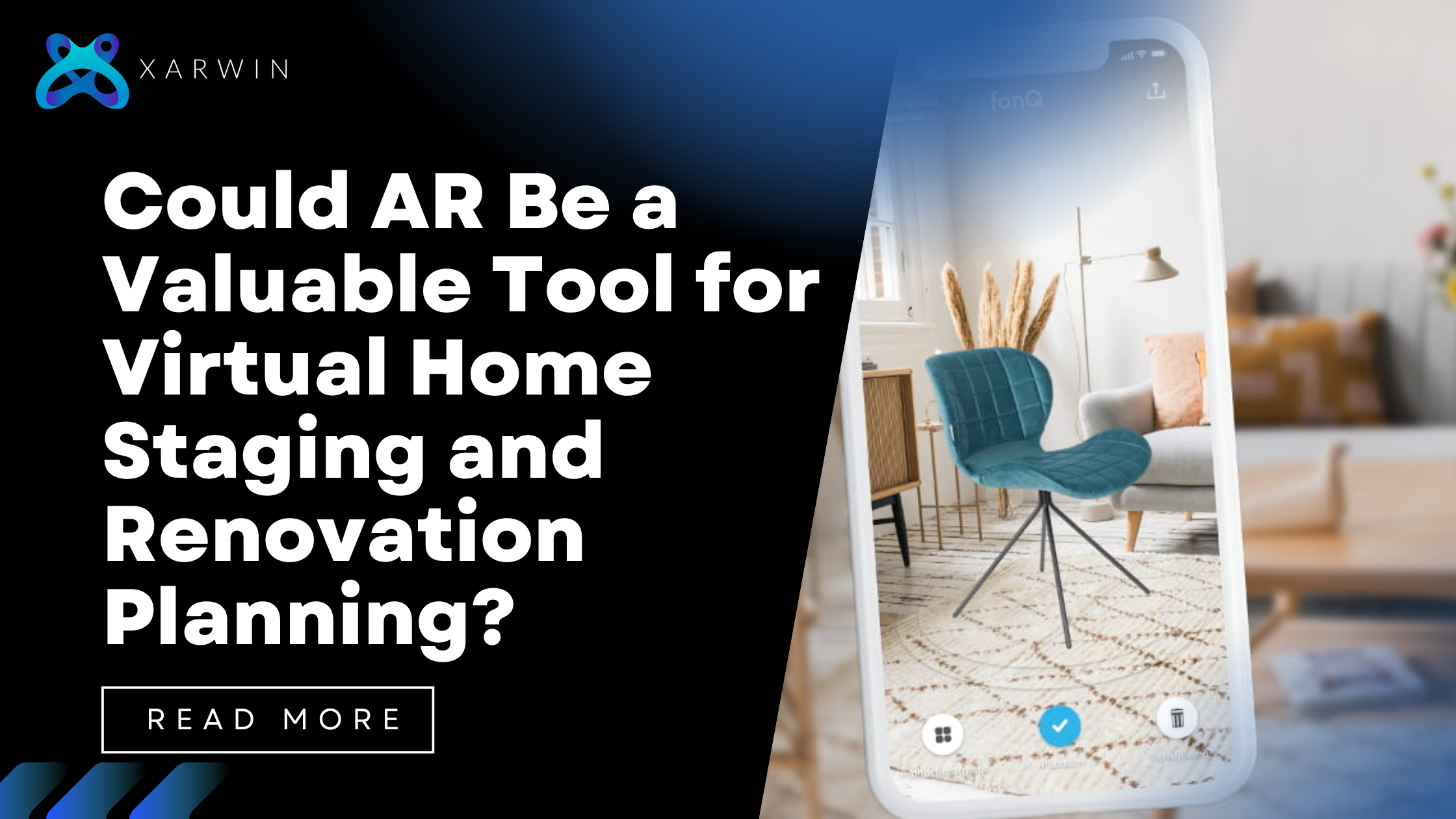In this blog, we’ll look at six cutting-edge ways to employ augmented reality (AR) in marketing, showing how it could increase customer engagement and boost sales.
Engage Customers, with Captivating Storytelling Experiences
Augmented Reality offers brands an opportunity to enhance their storytelling capabilities by creating encounters. Imagine transporting your customers into a world where your brand’s narrative unfolds before their eyes. By presenting information AR enables you to actively involve customers in an interactive and captivating manner.
For instance, a travel agency could leverage an AR platform to provide tours of destinations allowing potential customers to experience the ambiance and attractions firsthand before making any travel decisions. This innovative approach to storytelling can significantly influence purchasing behavior by offering a tantalizing glimpse into the adventure that awaits them.
By blending narratives with real-world elements Augmented Reality storytelling creates an unforgettable and compelling customer experience. It bridges the gap between the digital realms fostering emotional connections and leaving a lasting impression on how customers perceive your brand.
Elevate Print Materials through Interactive Experiences
Marketing materials such as brochures, business cards, and print advertisements often lack interactivity limiting their potential for engagement. This is where Augmented Reality comes in transforming these materials into gateways that bridge the physical digital divide.
By incorporating AR codes or markers, within printed materials brands can unlock a treasure trove of content when scanned using an AR-enabled device.
For example, a real estate agency has the option to enhance its brochures by including visualizations of properties, within the brochure.
With this strategy, engagement is increased while also allowing for a smooth transition from print to digital, providing customers with a lively and engaging experience. In a competitive market, it’s a great approach to stand out and leave a positive impression on potential clients.
Improving the Way Products are Displayed and Customized
When it comes to buying items, like furniture, clothing or automobiles, how they look plays a role in the decision making process. Augmented Reality (AR) offers an opportunity for customers to visualize products in their environment giving them more confidence when making purchasing decisions.
For example, an online furniture store can provide an AR feature that lets customers use their smartphones to see how virtual furniture fits and complements their existing decor in their living spaces. This way they can make sure everything looks right before making a purchase leading to returns and happier customers.
Furthermore, AR can also be used for product customization. Customers often look for personalized experiences and AR technology can help businesses meet this demand. Automotive companies could create an AR app where customers can customize car features such as colors, interiors, and accessories in a showroom. This would provide them with an interactive buying experience.
Elevating Retail Experiences with Augmented Reality
The retail industry is undergoing changes as e-commerce continues to grow. Augmented Reality offers a solution that bridges the gap between brick-and-mortar stores and digital shopping experiences by creating captivating spaces.
Imagine stepping into a clothing store equipped with ” mirrors” powered by AR technology that allows you to virtually try on clothes without changing outfits physically.
This not only makes things more convenient but also encourages people to make bigger purchase decisions. Moreover augmented reality (AR) navigation applications in stores can help shoppers find products, recommend items, and offer discounts thereby improving the overall shopping experience.
Customers can experiment with various products, colors, and looks with virtual cosmetics try-ons driven by augmented reality in the beauty sector, simulating the in-store makeup trial experience online. This helps consumers make purchases and increases their pleasure and loyalty.
Enhance Customer Engagement, with a Gamified Approach
Using gamification as a strategy to engage customers has been proven effective. When combined with Augmented Reality its impact can be amplified. Brands have the opportunity to develop AR-based games or challenges that are directly related to their products or services. By incorporating gaming elements businesses can capture the attention of an audience. Keep them actively involved.
For instance imagine a fast food chain creating an AR based treasure hunt game where customers can explore the city using an AR app to discover rewards and discounts at their restaurants. This not only generates excitement and curiosity but also encourages more foot traffic and interaction with the brand.
Gamification through AR also has the potential to drive sharing. Encouraging users to share their gaming experiences on social media platforms can significantly increase brand visibility, attract customers and foster a sense of community among existing ones.
Revolutionizing Customer Support through Augmented Assistance
Augmented Reality has the power to go beyond marketing efforts and revolutionize customer support experiences. Offering assistance through AR-powered solutions not only enhances the customer experience but also improves problem-resolution efficiency.
For example, let’s say a Tech company develops an AR-enabled app that allows users to scan their devices, for troubleshooting purposes. The app could overlay instructions or animations guiding users on how to resolve issues they may encounter.
Not only does this help with solving problems but it also reduces the amount of customer support calls needed.
Moreover, augmented reality (AR) can enable assistance allowing support agents to visually guide customers through repairs or setups in time. This approach enhances the interactivity and efficiency of customer support leading to increased customer satisfaction and loyalty.
Augmented reality advertising examples
Pioneering the future Numerous brands have already harnessed the capacity of AR marketing, setting examples for the enterprise. Let’s take a more in-depth view and observe a few exquisite instances :
- IKEA region app: IKEA, a leader in AR marketing, gives customers an app that permits them to visualize how furniture would look in their dwelling areas. This interactive revel considerably enhances online furniture shopping for revel in.
- Snapchat and BMW AR campaign: Snapchat collaborated with BMW to permit customers to explore and engage with a 3-D model of the brand-new BMW X2 in their real environment. This immersive campaign enhances brand engagement and efficaciously showcases the brand’s capabilities.
- Pokemon GO: Although a game, Pokemon Go became a breakthrough in AR. It showcased the ability of augmented reality to grow interactive and place-primarily-based experiences, attracting thousands and thousands of customers globally.
These examples underscore the flexibility and effect of AR in advertising and marketing, encouraging different brands to explore this dynamic medium for their campaigns.
Conclusion
Augmented Reality goes beyond being a passing trend; it serves as a transformative tool that can redefine marketing strategies across various industries. By integrating AR into marketing initiatives brands can engage customers through storytelling, revamp print materials, elevate product
As a trailblazer in augmented reality (AR), Xarwin combines innovation with a user-centric approach to redefine industry standards. Its team of expert engineers, designers, and strategists excels in crafting immersive AR experiences across various sectors. With each project, the company not only meets current demands but also shapes future trends, establishing itself as a leading force in the AR landscape.





